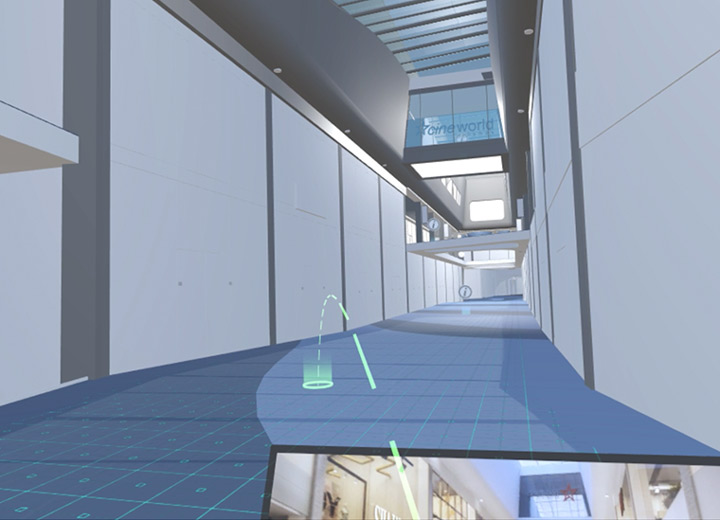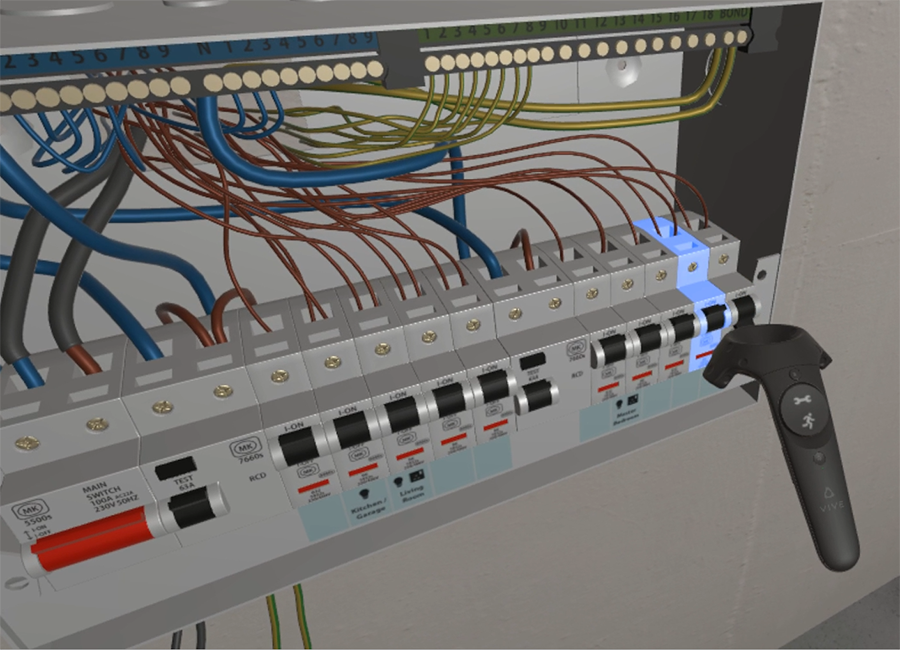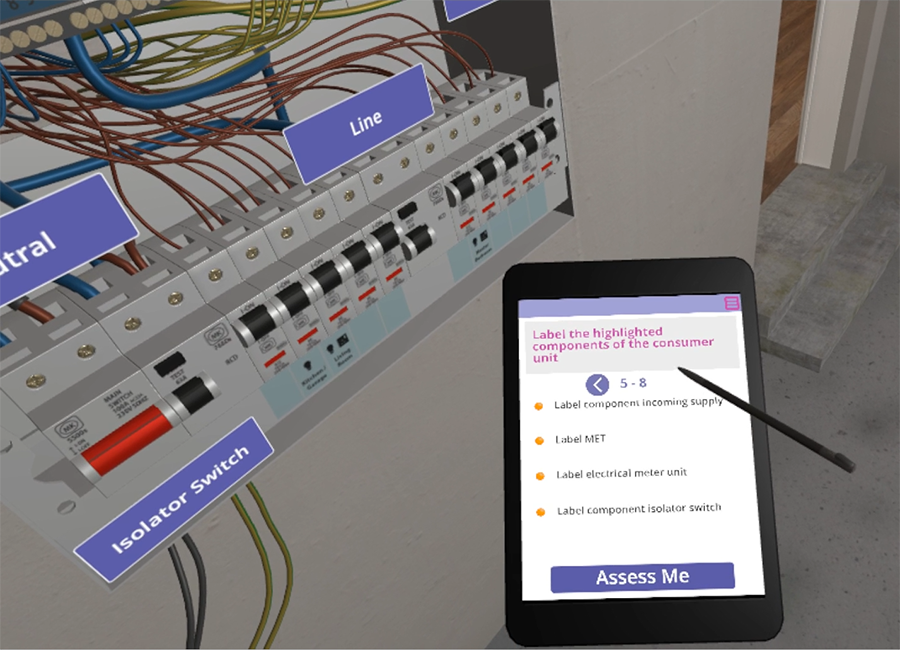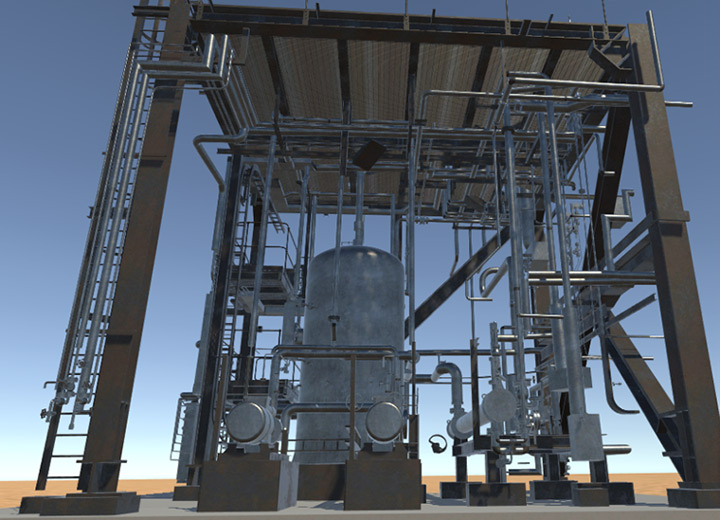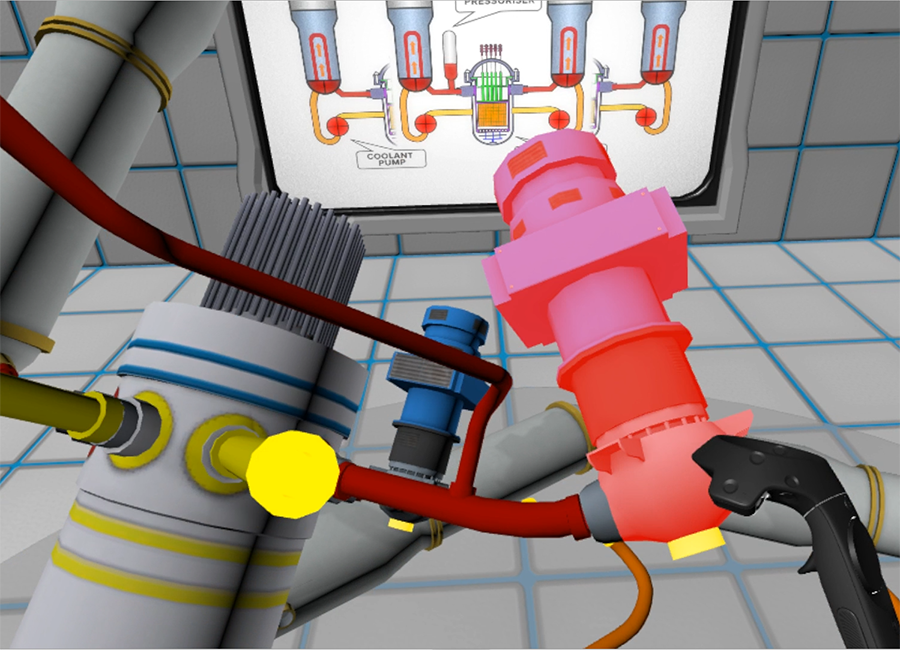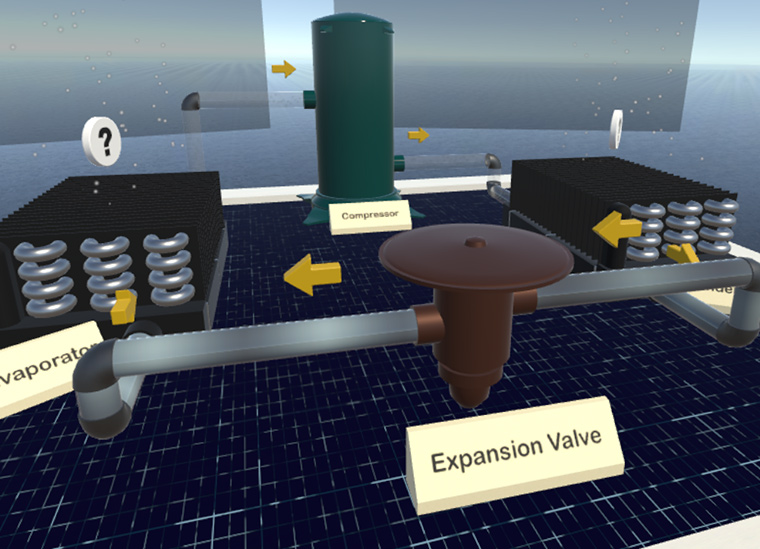Early Commercial Virtual Reality Applications
May, 2017.
A small selection of early work developing virtual reality applications for commercial clients, while either working in-house for Make Real or delivered directly by Inmo.
On completion of my 2013 Computer Science course with MIT, I originally had artificial intelligence in mind as the next direction to explore but that would change in early 2014 when Oculus announced DK2, their second VR developer kit. I’d kept away from the DK1 due to its lack of positional tracking, which made a majority of users pretty nauseous after even short sessions. However, the DK2 would address this with a small external camera, the extra freedom of movement bringing with it a significant increase immersion (and the promise of true presence!). So I made a sharp pivot to computer graphics, with a particular focus on VR and a clear technical stack in mind by choosing to adopt Unity and its C# API.
I would go on to learn C# and explore Unity in depth, as well as getting a surprising amount of milage from that initial dev kit at the start. Oculus would soon be acquired by Facebook. A move that ended their early collaboration with Valve, who subsequently partnered with HTC to build and release the first Vive HMD (with tracked hand controllers!) significantly ahead of Oculus getting their first consumer unit to market. Finding it challenging to keep getting my hands on further emerging tech at this nascent stage, I went to work in-house for 18 months or so at immersive studio Make Real, where easy access to both consumer and prototype hardware was available due to strong early relationships with Oculus, HTC and a handful of other major players.
Below are a couple of examples of bespoke education & training apps I created for Make Real clients…
Commissioned by EDF Energy, Reactor Builder was my first major VR project after joining Make Real. Part of a larger suite of training content, the application tests learners by challenging them to utilise knowledge gained from previously administered ‘Fundamentals of Nuclear Power’ training material.
At this time, the HTC Vive had just arrived and the current wave of VR was just beginning to unfold. A previous version of this app had been developed as a seated experience a year prior but now that the Vive was available, I was charged with updating the experience to a room-scale experience, making full use of the Vive’s tracked input controllers.
A lack of existing API libraries (or any significant standards) for VR user interaction at this stage would prove challenging but the outcome was a great success, providing me with essential experience for various projects that followed.
Another in-house project I worked on for Make Real was a suite of VR based engineering learning tools for Prospect College of Advanced Technology.
Due to the size of the studio at the time, I would occupy multiple roles on this project in addition to my established position as Software Developer, including Interaction & Experience Design and 3D Asset Creation as well as Academic Content Authoring. Again developed in Unity and primarily targeting the HTC Vive, this too was prior to the roll out of Valves own Interaction System which meant writing a further framework for object interaction and teleport based locomotion, at a time when fundamental ‘best practices’ of these systems were still relatively unexplored territory.
The application went on to win the “Best Use of VR for Education” category as part of the ‘Virtual Perceptions – Immersive Perspectives’ awards in 2017 as well as being shortlisted for the VRBound – VRAwards 2017’ “Best Education VR Experience”.
Roles: Designer, Developer, 3D Artist, Learning Designer.
